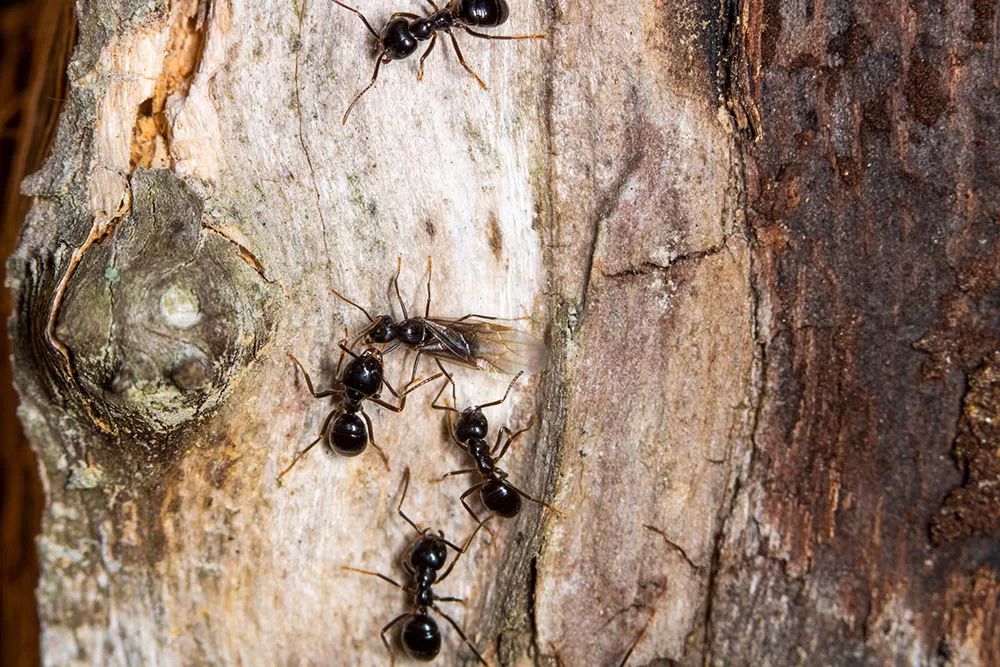
Can Ants Kill a Tree? Find Out Which Ants You Should Look Out For!
Ants can sure be an eyesore and an inconvenience for most homeowners. But can ants kill a tree?
Today, we’ll show you why your tree might present an ant infestation. We’ll also give you some tips on how to tackle this sort of problem and avoid it from happening to you ever again!
Why Do Ants Love Eating the Wood of Trees?
Most, if not all, species of ants tend to establish their colonies near trees.
But why do they do that?
Well, just like any other living thing, ants depend a lot on water and sugar. Trees offer ants the perfect spot for both these things, whether it’s because other insects have left these resources behind or they make them themselves.
Not only do ants get these resources from trees, but they also work as an excellent shelter as well, especially if there’s any rotten wood.
While it might not seem like it, most ant species actually tend to be beneficial for trees.
As you may already know, ants’ colonies tend to create a big pile of soil, which is what we know as the anthills. Well, these anthills are actually a fantastic source of nutrients for the trees. As a matter of fact, ants make the best organic compost out there!
Eventually, when a tree starts to die, certain species of ants take advantage of its decaying bark.
Can Ants Kill a Tree?
So, can ants kill a tree? In most instances, ants won’t harm the health of your tree. In fact, killing the ants might actually cause more damage to your tree rather than the ants themselves. However, they can act as a red flag that your tree might be in trouble.
As we stated before, ants like to make their homes on rotten, decaying trees. In other words, if your tree starts having more ants than the usual, then it can be a sign that your tree is already dying, and the ants are only finishing the work.
Moreover, while most ants won’t hurt your tree during most of its lifetime, certain ant species can cause more harm than good. These exceptions include the big black ants (also known as carpenter ants) and fire ants. Let’s take a closer look at each of these sap-feeding insects:
Red Imported Fire Ants
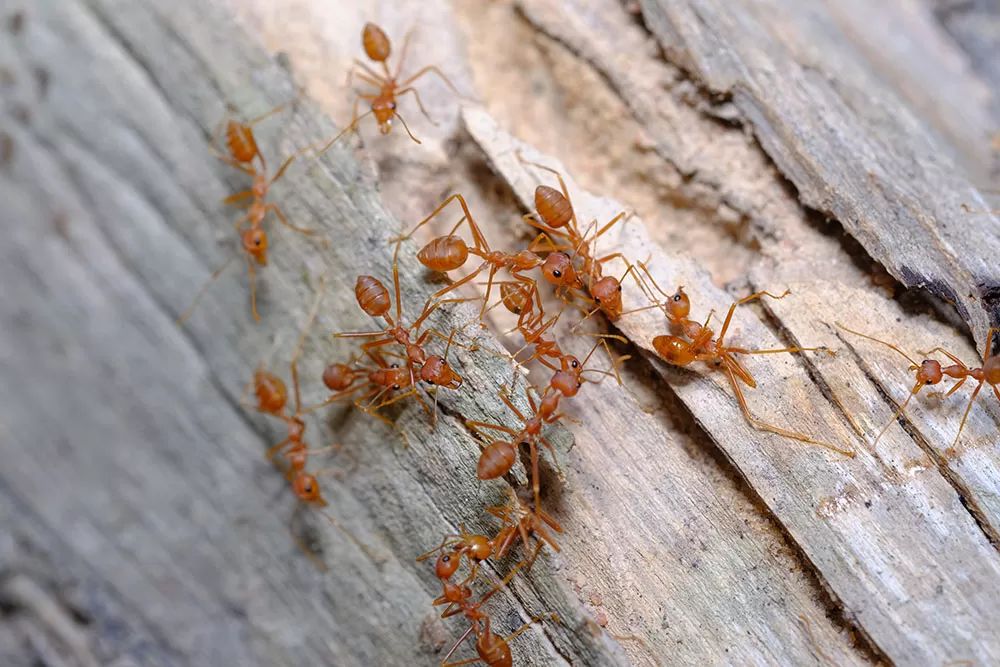
People that have been bitten by fire ants sure know the real pain.
Known for their burning stings, red imported fire ants (RIFAs) are among the most notorious pests for homeowners. Its colors are red with a yellowish tint and a black to brown gaster (i.e., the posterior part of an ant).
The worst about red fire ants is that they can establish their colonies even under your pavement. Not only do they tend to damage your tree and any nearby plants, but they can even harm any nearby infrastructure and even pipes. This is especially true for houses that have a tree that’s less than 35 feet away.
For this reason, homeowners must take action ASAP when noticing RIFAs.
Big Black Carpenter Ants
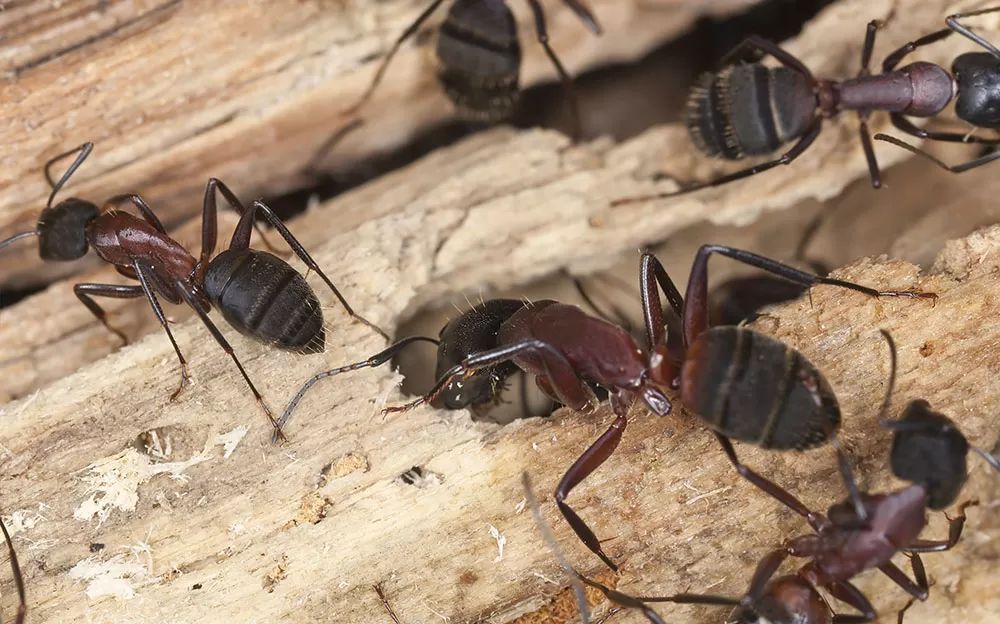
Next, we have the famous carpenter ants.
Just like its name implies, these black ants tend to attack trees mostly. Since carpenter ants are opportunistic, they make their nests on the decaying areas of a tree. These sections end up taking other sound wood areas over time.
You can recognize a carpenter ant by taking a closer look at them. Usually, their size ranges between ⅜ to ½ inch long, and their color ranges from dark red and black.
Lastly, carpenter ants nest on trees that are soft due to a tree fungus. That’s why homeowners must make sure that there isn’t any excess moisture on their trees. That way, they can prevent all sorts of tree ailments.
Signs that You’re Dealing with Serious Ant Infestations
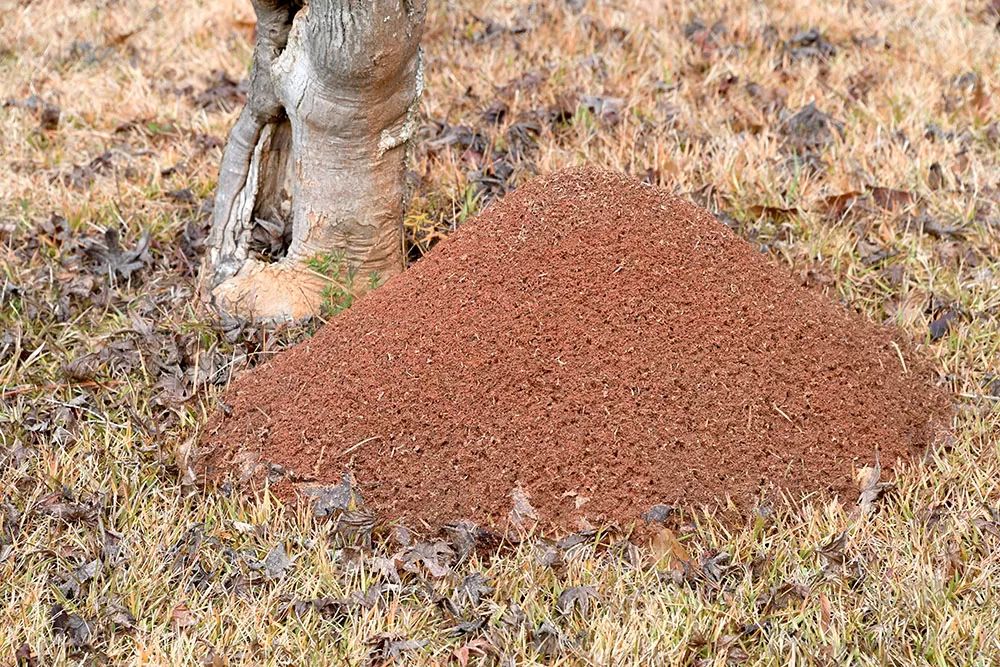
Homeowners must always check the condition of their trees. That way, they can be sure that there isn’t any pest that might harm them.
Worried that you might be dealing with an ant infestation?
Here are some telltale signs that you should definitely look out for:
- Piles of sawdust at the base of the tree
- Fluffy, dome-shaped mounds at the tree’s trunk or near driveways
- Smooth galleries, tunnels, and dotted damage on trees and nearby foundations
- Multiple wings on window frames and sills
Moreover, in case you’re counting on a more severe ant infestation, you’ll likely notice other signs too. Some of these red flags include rustling noises at night and getting your food overrun by ants more often than usual.
Ant Hill at Base of Trunk? Here’s What You Should Do!
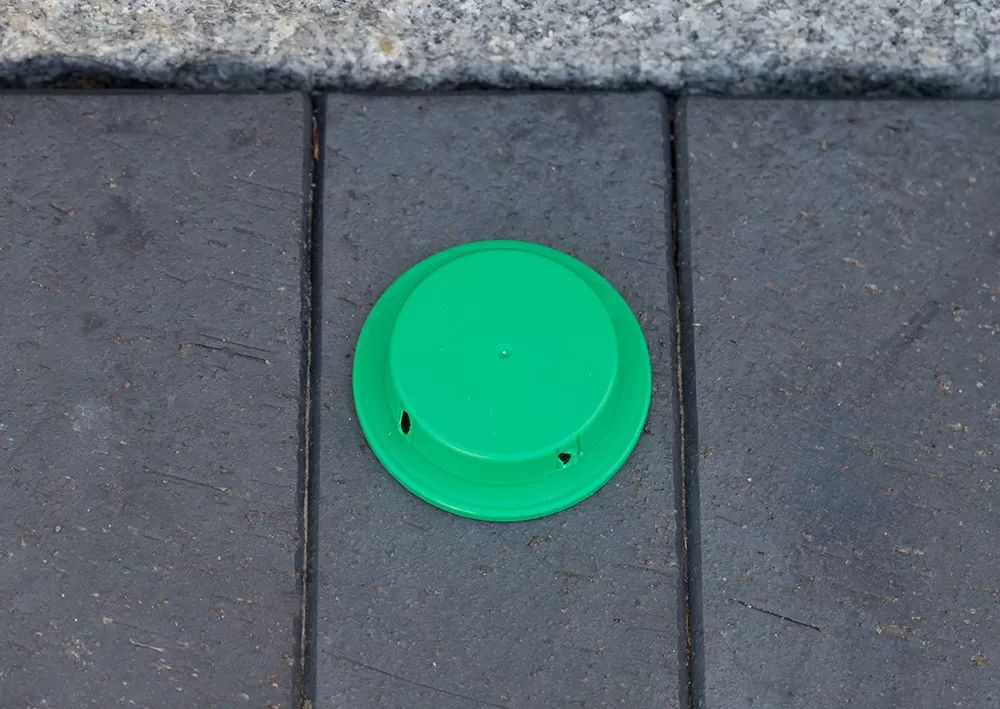
Getting rid of ants can either be the best or the worst thing you can do. That’s why you must be careful when handling this sort of situation.
As we stated before, killing the ants that are on your tree can act as the final blow to your tree.
Just think of it:
Your tree is already weak and probably dying. By improperly applying a strong fungicide, you can actually kill your tree. That’s why we suggest you contact a professional in case you’re looking for the most effective solution.
Luckily, there are other things you can do when handling this sort of situation. For instance, you can apply a daily solution of peppermint oil and water onto your trees.
Additionally, you can also place some ant baits at the bottom of your tree. Applying some ant powder around your tree’s base also helps ensure that ants don’t eat the dead insects, Remember to reapply these solutions after rains.
Lastly, when it comes to prevention, you must always make sure that your tree is healthy at all times. You can do this by providing them the proper tree care, such as trimming them at the right time and providing them with the right treatment whenever they’re sick,
So, now that you know can ants kill a tree, the main red flags you should look out for, and what to do, it’s time for you to take action!



